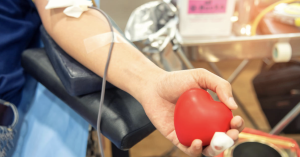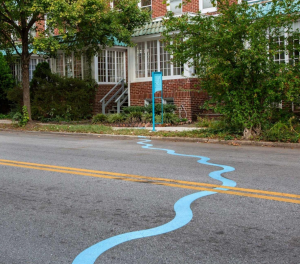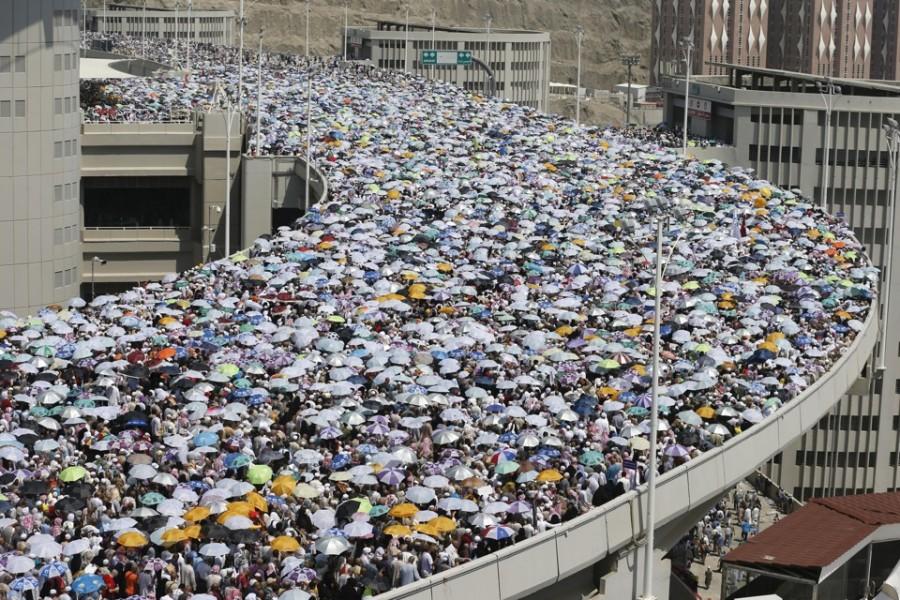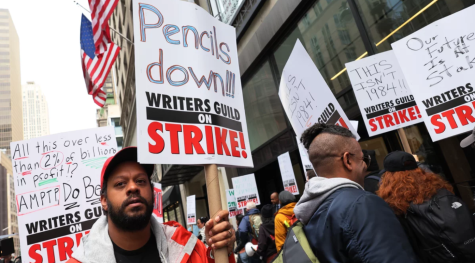The Price of Sacrifice Day
On the eve of September 23rd to the early morning of the 24th, all Muslim families celebrate Eid al-Adha, the Feast of Sacrifice. Celebrators are required to wear their finest clothes and perform a special prayer. The ceremony is ended by multiple affluent citizens sacrificing their best domestic animals, which range from cows to camels to sheep. Eid al-Adha falls within a five day pilgrimage period, where Muslims can journey to Mecca for special religious rites. While this tradition is about giving the best worldly possessions to Allah, this year, some people sacrificed more than intended.
On September 24th, 2015, when the sun had just risen for the day, more than 2 million Muslims were packed into Mina, Mecca as part of an annual pilgrimage. Even though the temperature had already soared to over 100 degrees Fahrenheit, their bright faces looked on towards a new day of celebrating, unaware of the upcoming misfortune. When two massive crowds met at an intersection, chaos broke loose, causing the most substantial and deadly stampede in 25 years. The day of sacrifice took a darker turn when civil pilgrims began trampling, suffocating, and even fighting their fellow Islamic brothers. Thus far the number dead is over 700 and the injury rate has soared to over a thousand victims.
This event, now referred to as the Hajj Stampede, was a tragedy. Islamic families worldwide are still waiting to hear if their loved ones who made the long and grueling journey to Mecca would be returning. Emergency medical squadrons are working on treating the injured, while corpses are being piled in the streets.
With so many Muslims coming from all around the globe, is it not the responsibility of all governments with a significant Islamic community to help fund a safer voyage to Mecca? Of the reported deaths, most came from neighboring countries, including Turkey, the Netherlands, India, Cameroon, Egypt, Indonesia, and Iran. Iran is a hostile rival of Saudi Arabia and has been quick to spread misinformation through their press instead of investing their time and money towards dealing with the repercussions of this catastrophe. The major problem with the pilgrimage is that Mecca simply can’t hold the millions of people flooding its streets. Without severe and expensive renovations, each year runs the risk of another disaster.
Without the needed cooperation from the other countries, Saudi Arabia is finding difficulties keeping up with the masses. In 2006, they constructed a 1.2 billion dollar bridge around the worship site in an attempt to deal with the hoards, but unless they receive significant monetary compensation from other nations, they will have little desire or ability to continue renovations, as they are still struggling to provide for all the pilgrims even after spending so much money.
In order to keep religious practices safe, it’s necessary for every country to assist in the protection of these religious sites and plan for ceremonies such as this one. If these nations are angered by the death of their citizens, they ought to develop better techniques for foreign disaster prevention, or else it’s obvious that they don’t actually care about their own citizens. While the stampede was heartbreaking, it might be just the thing that is needed for other countries to help support Saudi Arabia during this intense time of year.
Sources:
http://www.cnn.com/2015/10/01/middleeast/hajj-deaths-saudi-iran/
http://www.cnn.com/2015/09/30/middleeast/hajj-deaths-saudi-iran-yemen/
http://www.theatlantic.com/international/archive/2015/09/hajj-stampede-crowd-disasters/407542/
http://www.seattleglobalist.com/2015/09/29/hajj-stampede-meaning-for-seattle-muslims-maps-mecca/41862
http://www.voanews.com/content/malians-hunt-for-missing-after-hajj-stampede/2984423.html
http://cdn.theatlantic.com/assets/media/img/mt/2015/09/RTR4931E/lead_960.jpg?1443275510
















